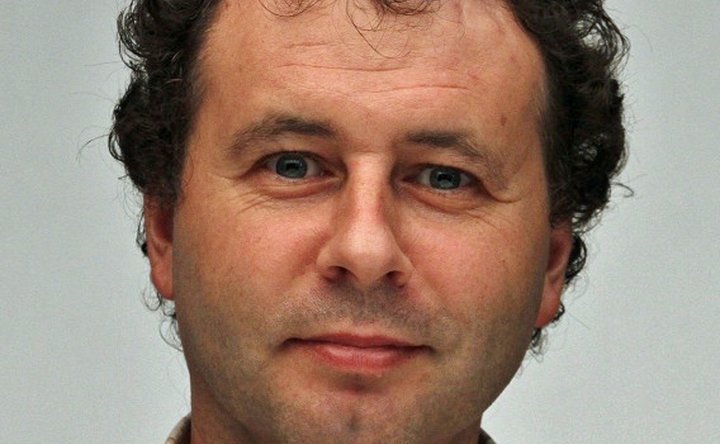Australia seeks sovereignly manufactured general-purpose UAS
The Australian Defence Force would like to procure sovereignly designed UAS for a wide range of military uses. (Photo: Gordon Arthur)
The Australian Defence Force (ADF) is seeking information on small, general-purpose UAS that can be produced at scale.
On 31 July, the ADF issued an RfI for what it termed an Australian Sovereign Uncrewed Aerial System (UAS) and Trusted Autonomy Capability.
The Australian-manufactured UAS being sought would be used for various applications free from security limitations and concerns, particularly their internet connectivity.
In the past, the ADF has used commercial UAS from companies such as DJI for activities like training and survey, but around 800 units were banned from flying in May over concerns about Chinese espionage and internet security
Already have an account? Log in
Want to keep reading this article?
More from Air Warfare
-
![Norway cleared for possible $2.6 billion HH-60W helicopter FMS]()
Norway cleared for possible $2.6 billion HH-60W helicopter FMS
The possible sale for nine HH-60W by the US government could make Norway the first Foreign Military Sale customer for the rescue and combat helicopter and add to the country’s ongoing acquisition of Sikorsky-made helicopters.
-
![Bell selected over Boeing to build DARPA SPRINT X-Plane]()
Bell selected over Boeing to build DARPA SPRINT X-Plane
The programme first began in 2023 with Bell and Boeing’s concepts progressing to Phase 1B, in which testing has been carried out over the last year.
-
![National Audit Office report highlights major delays in UK’s F-35 programme]()
National Audit Office report highlights major delays in UK’s F-35 programme
The report discloses that while the capability provided by the F-35 is superior to previous UK aircraft, delays from the UK Ministry of Defence on the programme have significantly impacted the country’s warfighting capabilities.
-
![France and UK to resume and upgrade Storm Shadow/SCALP production]()
France and UK to resume and upgrade Storm Shadow/SCALP production
The new ‘Entente Industrielle’ will work on a range of other projects to boost the UK economy and defence industry, including joint development on new high-tech frequency weapons and extended range air-to-air missiles.
-
![Boeing E-7A still in South Korean AEW&C competition, despite dropout reports]()
Boeing E-7A still in South Korean AEW&C competition, despite dropout reports
The E-7A is one of three aircraft submitted for the South Korean AEW&C II competition, which seeks to acquire four more aircraft of the type for its air force by 2028.
























